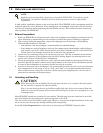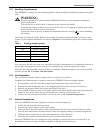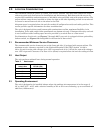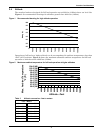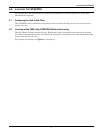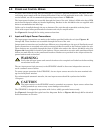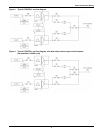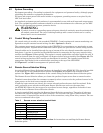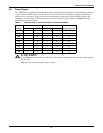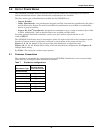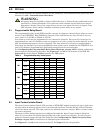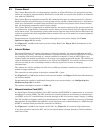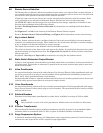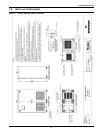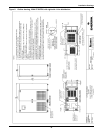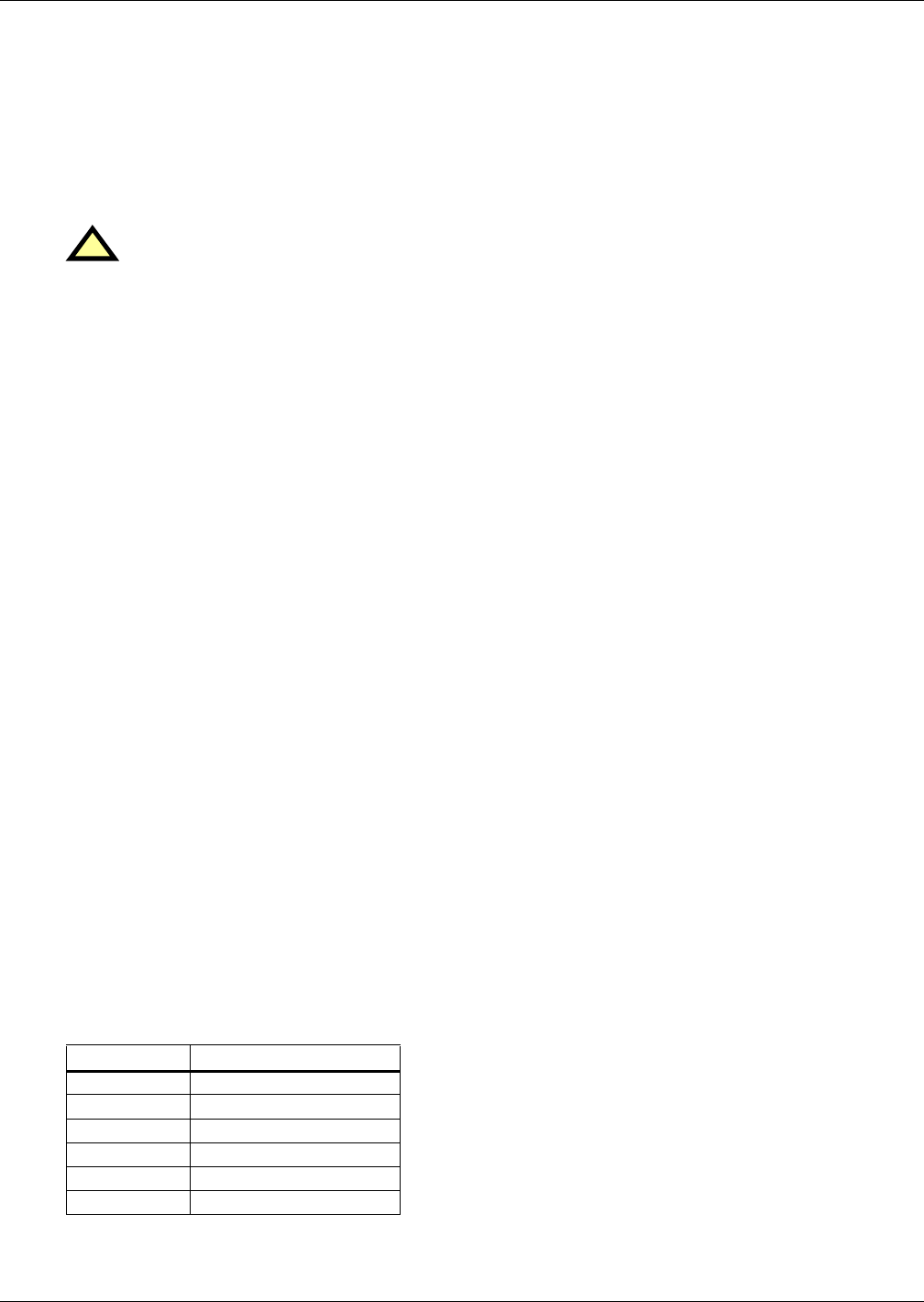
Power and Control Wiring
11
4.2 System Grounding
Equipment grounding—Grounding is primarily for equipment and personnel safety, although proper
grounding also enhances equipment performance.
All input and output power feeds must include an equipment grounding means as required by the
NEC and local codes.
An insulated equipment ground conductor is recommended to run with each input and output power
feed. The equipment ground conductors should be at least the minimum size conductor per the NEC
based on the upstream overcurrent protection device.
4.3 Control Wiring Connections
No control wiring is needed on the standard STS2/PDU. Certain options and remote monitoring con-
figurations require external control wiring. See 6.0 - Options for details.
The customer must supply control wiring to the STS2/PDU for connection to any monitoring or com-
munication options. Top and bottom removable conduit plates are provided for control wiring conduit.
Control cables can be installed through the top or bottom of the unit through removable control con-
duit plates. A top hat is provided on the 400-600A units for connecting the top entry control wiring
conduits (see Figures 13 through 21). The top hat is turned upside down and ships inside the unit. It
must be removed from the unit and flipped 180 degrees before being reinstalled (see Figure 49). The
control wiring top hat does NOT contain any knockouts for conduit. The installer must drill the
appropriate-sized holes for the conduit before attaching to the top of the STS2/PDU.
See Figures 47 and 48 for arrangement of optional cards.
4.4 Remote Source Selection Wiring
An optional Remote Source Selection board may be installed in your STS2/PDU. This board is installed
in the same bay as the communications options. See Figures 47 and 48 for the location of these
options. See Figure 56 for information on the control wiring for the Remote Source Selection option.
The Remote Source Selection allows you choose the preferred input source from a remote location.
Terminal connections allow the customer to remotely select a source to be the preferred source in the
same process as the local source transfer selection.
If both the input contacts are closed, the current selected preferred source shall be retained. If the
unit’s preferred source selection and Remote Source Selection are active at the same time,
the STS2/PDU follows the last request for a preferred source change, regardless of whether it was
from the local or Remote Source Selection controls.
A six pin terminal block provides the Remote Source Selection connections. Two pairs of wires are
used from the switch to trigger the source selection. You can select the type of switch used for this
remote control. Connections are made to four of the connections, using Form A dry contacts. The con-
tacts are numbered left to right:
See 10.3 - Enabling Remote Source Selection for instructions on enabling the Remote Source
Selection option.
!
WARNING
If conduit is used as a grounding means, adequate electrical continuity must be maintained at
all conduit connections. The use of isolating bushings with a metal conduit can be a safety
hazard and is not recommended.
Table 5 Remote source selection terminal block
Contact Connection
1 Source 1
2 Isolated ground
3 Source 2
4 Isolated Ground
5 DO NOT USE
6 DO NOT USE



